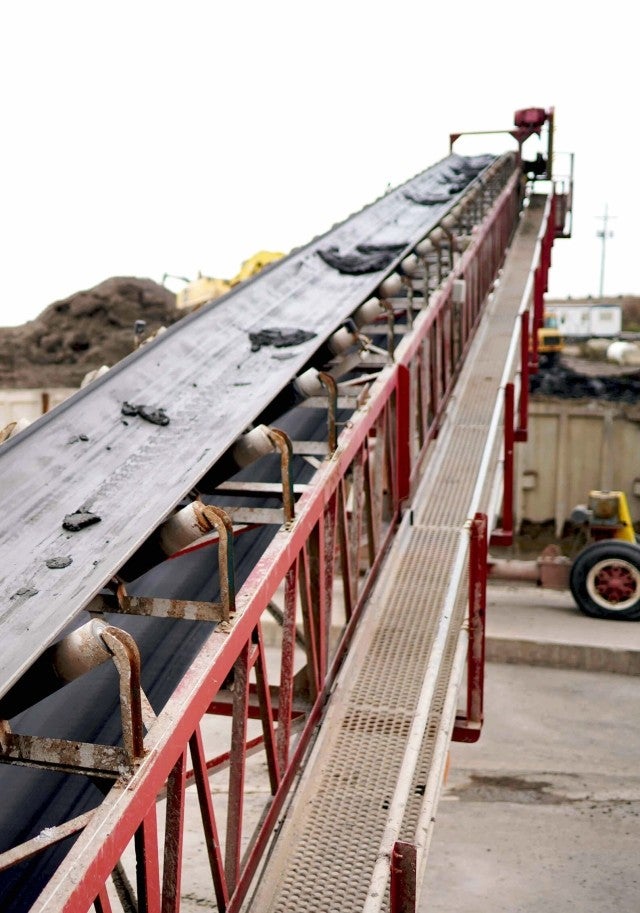About our service
We're in the business of beneficial reuse
What makes Clean Earth unique is our true turnkey solutions for cost-effective treatment and management of waste materials and connecting them with real-world markets for recycling and beneficial reuse. By marrying the need for disposal alternatives with a parallel need for suitable construction materials and the focused drive for a sustainable future, all under complex regulatory environments, Clean Earth has effectively created a new sustainable paradigm for the industries we serve.

Reuse benefits your profits and the planet. Not only are we meeting your disposal needs with an economical solution, but we're also keeping the waste out of landfills by using a more environmentally conscious approach.
We're key to a sustainable future
Using a combination of the known properties of the byproducts and wastes generated by our clients, in conjunction with market demand knowledge and research local to the sources of generation, Clean Earth identifies potential target markets for direct reuse of the materials themselves, or develops treatment processes to dispose of or transform and render the materials suitable for recycling uses.
We find the market to match your material
Developers and landowners that we partner with have a need for fill materials, and adding beneficial reuse materials into that mix can help them attain site permits. We diligently track market demand and conduct ongoing research on local sources of waste generation.




